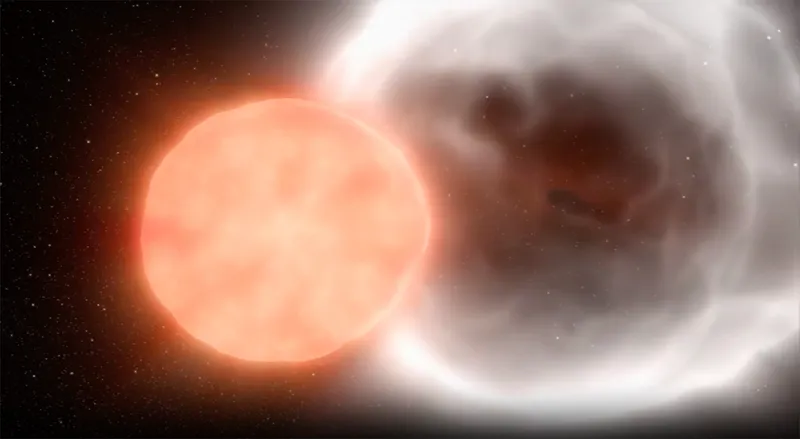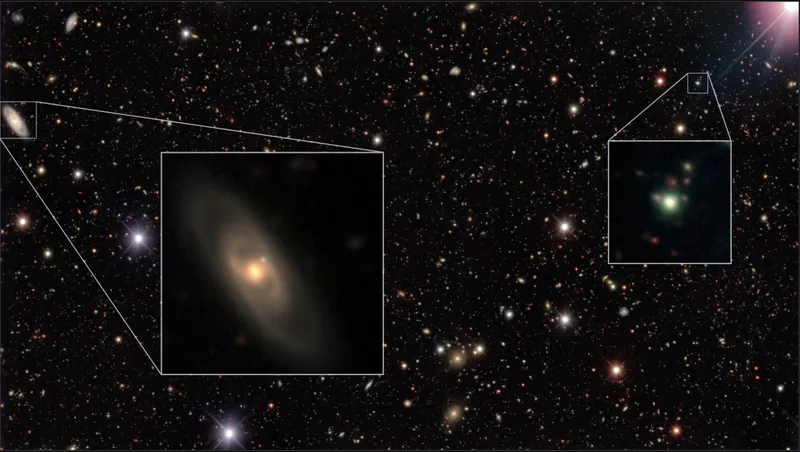Dark energy – the mysterious substance that’s apparently driving our Universe apart – could vary with time, according to the latest results from the Dark Energy Survey.
In 1998, two teams of astronomers measured the expansion of the Universe by looking at Type Ia supernovae.
These occur when a white dwarf steals stellar material from a nearby companion star until it reaches a critical mass and explodes in a supernova.

Because they are always the same mass when they explode, Type Ia supernovae all have the same intrinsic brightness.
By comparing this to their apparent brightness, astronomers can arrive at an accurate measure of their distance.
The team behind the 1998 study also measured the supernovae's redshift and were able to gauge how fast the supernovae’s home galaxies were moving away from us.
Together, this allowed the teams to measure how fast the Universe was expanding.
However, rather than finding the expansion was slowing as expected, the team found it was actually accelerating.
To explain this fact, cosmologists hypothesised ‘dark energy’, which is driving the fabric of the Universe apart.
Dark Energy Survey

Beginning in 2013, the Dark Energy Survey sought to create the most accurate measurements of our Universe’s expansion.
The initiative spent six years mapping one-eighth of the sky, observing two million distant galaxies.
This latest study scoured the data for Type Ia supernovae and uncovered 1,499 – the largest sample ever detected with a single telescope.
"It’s a really massive scale-up from 25 years ago when only 52 supernovae were used to infer dark energy," says Tamara Davis, from the University of Queensland and member of the Dark Energy Survey project.
The standard model of cosmology, known as the Lambda cold dark matter model (λCDM), assumes the density of dark energy in the Universe remains constant over time.
If this was the case, then it would mean the total proportion of dark energy would increase as the Universe gets bigger.
But the Dark Energy Survey results suggest this might not be so.
"There are tantalising hints that dark energy changes with time," says Tamara Davis, also from the University of Queensland and member of the Dark Energy Survey project.
"We find that the simplest model of dark energy – λCDM – is not the best fit. It’s not so far off that we’ve ruled it out, but in the quest to understand what is accelerating the expansion of the Universe this is an intriguing new piece of the puzzle.
"A more complex explanation might be needed."
